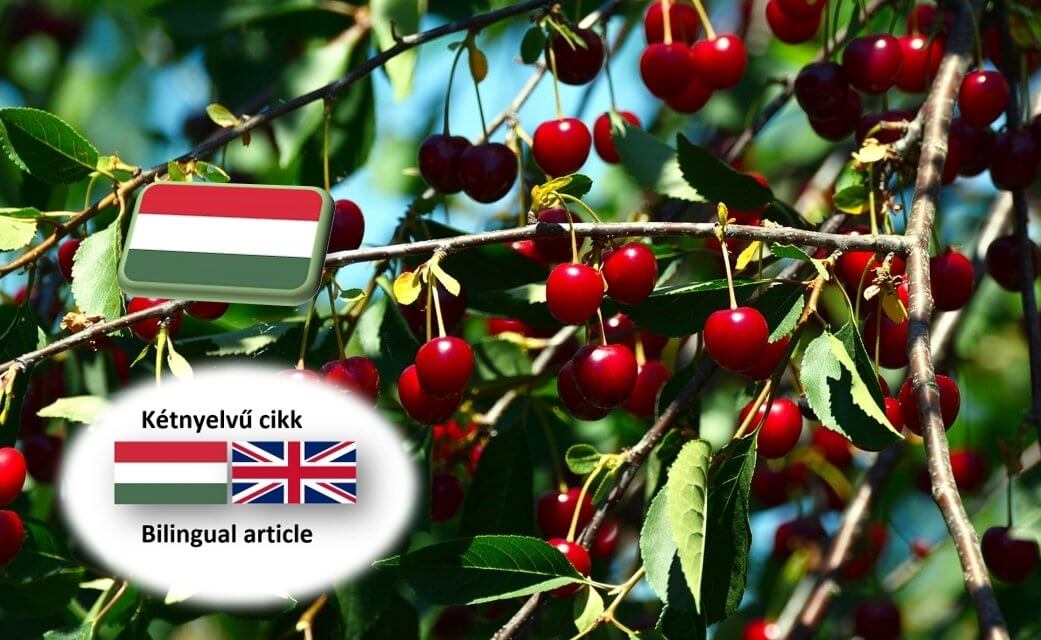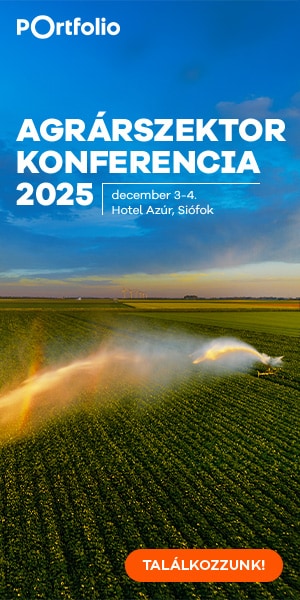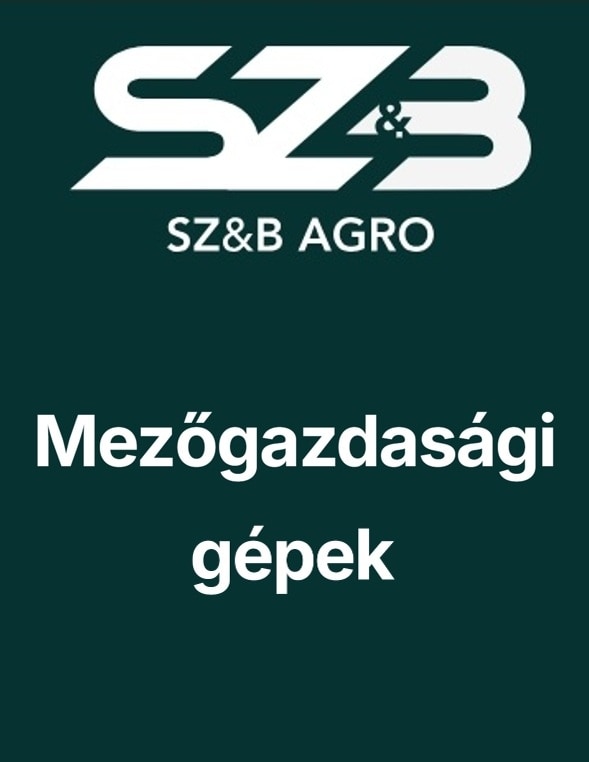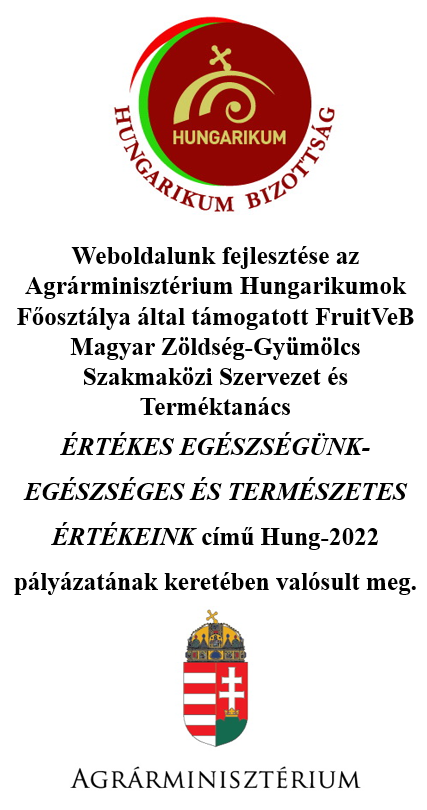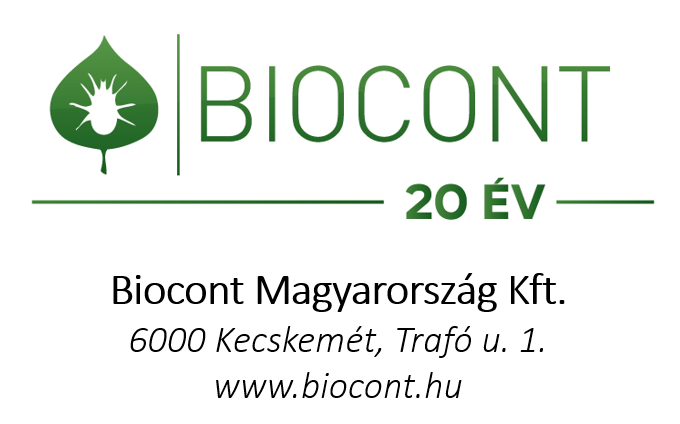Minden idők leggyengébb termése várható, normál szezonkezdettel. – The season starts in a usual time, but a historically low crop is expected.

A hazai feldolgozóipari meggyszezon június 15. körül veszi kezdetét. A piaci várakozások – a várható gyenge hazai és európai termés, valamint a feldolgozott termékek alacsony készletszintje miatt – különösen és olyan szinten felfokozottak, amivel évtizedek óta nem találkoztunk. Jelen előzetes prognózis célja, hogy a nagyságrendek tekintetében megbecsüljük a várható hazai termést, de részletes termés- és piaci prognózissal június 06-án jelentkezünk.
A hazai meggytermő terület 12 000 hektár, melynek 55%-a az észak-keleti országrészben, közel negyede pedig Pest és Bács-Kiskun vármegyében található. Az elmúlt évtizedben jellemzően 55 és 80 ezer tonna között alakult a hazai meggytermés, azonban terméspotenciálunk az utóbbi néhány évben csökkent: a termőterület mintegy 2 000 hektárral zsugorodott, de az ültetvények öregedése, illetve az elmúlt évek gazdasági kudarcai is hozzájárultak a negatív irányú változáshoz. Egy normál évjáratban 60-70 ezer tonna közötti termésre képesek lennénk, 2024-ben pedig (ami alapvetően rossz évjárat volt) 53 ezer tonnát szüreteltünk.
A vegetáció idén normál időben indult, jó virágzással, ami összességében – a tavalyi aszályos és forró nyár ellenére – jó terméssel kecsegtetett. Azonban az április elején jelentkező fagyok teljesen átírták a szezon forgatókönyvét, hiszen az erőteljes lehűlések a meggy ágazatot sem kímélték, országosan jelentős károkat okoztak. Április 7-én virradóra az északnyugati országrész (Kisalföld), a Duna-Tisza köze és a Balaton közvetlen térségének kivételével országos kiterjedésű, erős lehűlés alakult ki: jellemzően -2 és -6 °C közé zuhant a hőmérséklet, de sok gyümölcstermesztő körzetben – főleg az északi és észak-keleti országrészben (ahol a hazai meggytermő terület bő fele található) – számos térségben alakult ki -6 és -8 °C közötti lehűlés, ami már gyümölcsfajtól függetlenül drasztikus károkat okozott. Április 08-ára virradó éjszaka helyzet megfordult: az előző éjszaka „megkímélt” Duna-Tisza közi gyümölcstermesztő körzeteket sújtotta -4 és -8 °C közötti fagyhatás, így ez a térség is súlyos károkat szenvedett el. Mindezek alapján mindössze a Kisalföld és a Balaton közvetlen térsége vészelte át a két kritikus éjszakát mérsékelt károkkal, de e térségekben a meggyültetvényeink kis része található. Az április 07-ei és 08-ai fagyok tehát a gyümölcstermesztő körzetek mintegy 90%-át érintették, jellemzően közepes mértékű vagy jelentős lehűléssel, illetve fagykárral. A fagyok jellege miatt nem lehetett hatékonyan védekezni, a legkorszerűbb fagyvédelmi módszerek is kudarcot vallottak. Tovább fokozta a terméskiesés mértékét, hogy az észak-keleti országrészben még május 10-én hajnalban is kialakult néhány órára -2 és -5 °C közötti lehűlés, ami jelentős károkat okozott a kisgyümölcsökben.
A fagyhatások eredőjeként nagyon gyenge hazai termésre számítunk, melyet jelenleg a 35 ezer tonna +/- 15% sávban adunk meg. A korai fajtáknál (Meteor, Érdi jubileum, Érdi bőtermő) nagyon jelentős a terméskiesésé mértéke (80-100% közötti). A gyenge Érdi bőtermő termés már érzékenyen érinti a feldolgozóipart is, mert ez azt jelenti, hogy a feldolgozóipari szezon első 7-10 napjában az egyébként szerény szezonátlagnál is kisebb mennyiségekre kell számítani. Jelentős a kiesés a Cigánymeggy esetében is. A „fürtös meggyek” (Debreceni bőtermő, Újfehértói fürtös, Kántorjánosi, Petri, Éva, stb.) valamivel jobban teljesítenek, de e szegmensben is 50%-hoz közelít a kiesés mértéke.
Megjegyzendő, hogy a tisztuló hullás jelenleg is zajlik, így ennek függvényében még valamelyest változhat a prognosztizált termésmennyiség. A gyümölcsméret az alacsony hozam okán kedvezően alakul. Növényvédelmi probléma tekintetében a monília nehezíti meg a termelők helyzetét, de aktív és rendszeres védekezés mellett kordában lehetett tartani, így érdemi növényvédelmi és minőségi problémától egyelőre nem kell tartani.
A nemzetközi körkép az alábbi linken olvasható:
Budapest, 2025. június 03.
Szerzők:
Dr. Apáti Ferenc
Dr. Dorogi Dóra
Dr. Tóth-Kurmai Viktória

The domestic cherry processing season begins around 15 June – no sooner or later than in ‘normal’ years. Market expectations are particularly high, at a level not seen in decades, due to the expected poor domestic and European harvest and low stock levels of processed products. The purpose of this preliminary forecast is to estimate the expected domestic harvest in terms of magnitude, but we will publish a detailed harvest and market forecast on 6 June.
The domestic sour cherry growing area covers 12,000 hectares, 55% of which is mainly located in the North-Eastern part of the country, and nearly a quarter in Pest and Bács-Kiskun counties. Over the past decade, domestic sour cherry production has typically ranged between 55,000 and 80,000 tonnes, but our production potential has declined in recent years: the area under cultivation has shrunk by about 2,000 hectares, and the ageing of plantations and the economic failures of recent years have also contributed to the negative trend.
Vegetation started at the usual time this year, with good flowering, which, despite last year’s drought and hot summer, promised a good harvest overall. However, the frosts that occurred in early April completely changed the course of the season, as the severe cold spell did not spare the sour cherry sector, causing significant damage nationwide. On the morning of 7 April, with the exception of the north-western part of the country (Kisalföld), the area between the Danube and Tisza rivers and the immediate vicinity of Lake Balaton, a nationwide sharp drop in temperature occurred: temperatures typically fell to between -2 and -6 °C, but in many fruit-growing regions, especially in the north and north-east of the country (where more than half of the domestic sour cherry production area is located), temperatures dropped to between -6 and -8 °C in many areas, causing drastic damage regardless of the fruit variety. On the night of 8 April, the situation reversed: the fruit-growing regions between the Danube and Tisza rivers, which had been ‘spared’ the previous night, were hit by frosts between -4 and -8 °C, causing severe damage in this region as well. Based on the above, only the Kisalföld and Balaton regions survived the two critical nights with moderate damage, but only a small part of our cherry orchards are located in these areas. The frosts on 7 and 8 April therefore affected around 90% of fruit-growing areas, typically with moderate to significant cooling and frost damage. Due to the nature of the frosts, it was not possible to protect the crops effectively, and even the most modern frost protection methods failed. The extent of the crop loss was further exacerbated by the fact that in the north-eastern part of the country, temperatures dropped to between -2 and -5 °C for a few hours in the early hours of 10 May, causing significant damage to small fruits.
As a result of the frost damage, we expect a very poor domestic harvest, which we currently estimate at 35,000 tonnes +/- 15%. The yield loss is very significant for early varieties (Meteor, Érdi jubileum, Érdi bőtermő) (between 80 and 100%). The poor Érdi bőtermő harvest is also having a significant impact on the processing industry, as it means that in the first 7-10 days of the processing season quantities are expected to be even lower than the already modest seasonal average. There is also a significant loss in the case of Cigánymeggy. The so-called ‘cluster cherries’ (Debreceni bőtermő, Újfehértói fürtös, Kántorjánosi, Petri, Éva, etc.) are performing slightly better, but the loss rate in this segment is also close to 50%.
It should be noted that the thinning process is still ongoing, so the forecast yield may still change somewhat depending on this. Fruit size is favourable due to the low yield. In terms of plant protection, Monilia is making things difficult for producers, but with active and regular control measures, it has been possible to keep it under control, so there is no need to worry about significant plant protection and quality problems for the time being.
Our international overview can be found at the following link:
Budapest, 2025. június 03.
Authors:
Dr. Apáti Ferenc
Dr. Dorogi Dóra
Dr. Tóth-Kurmai Viktória


